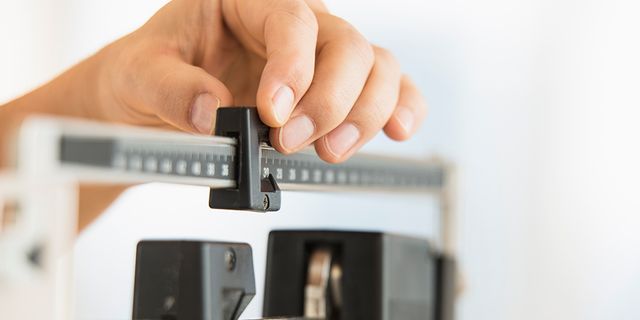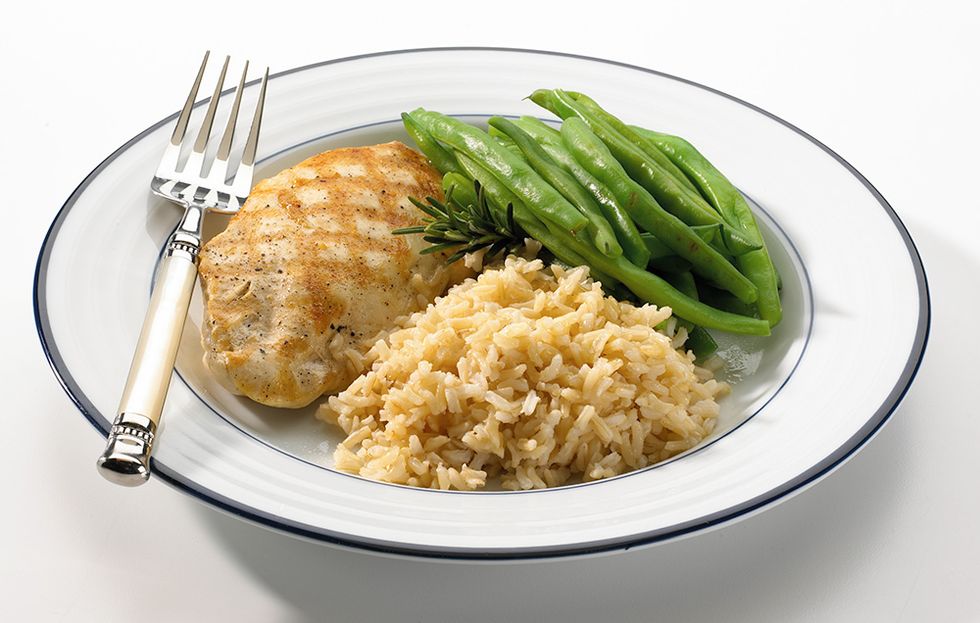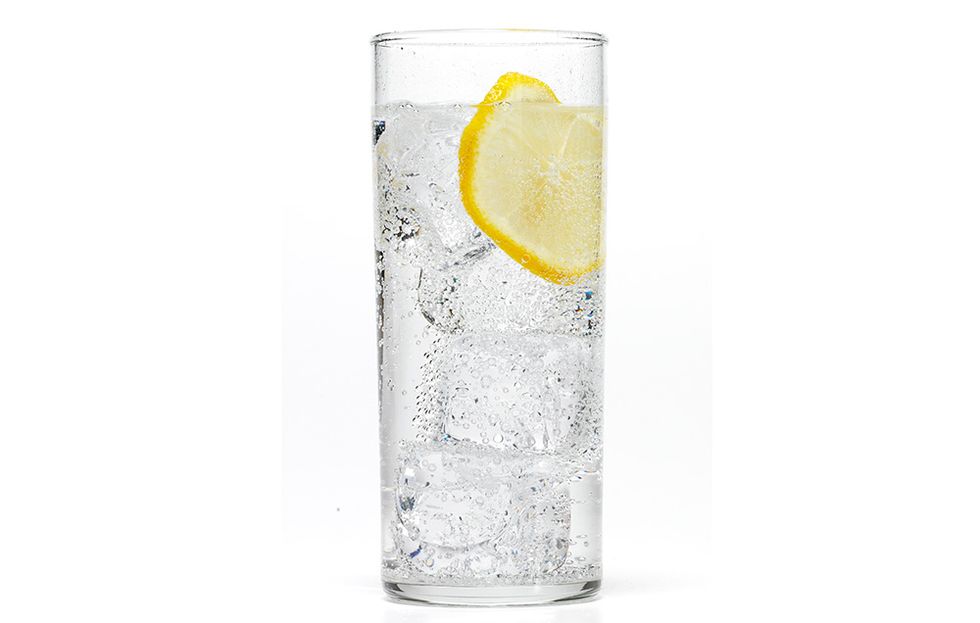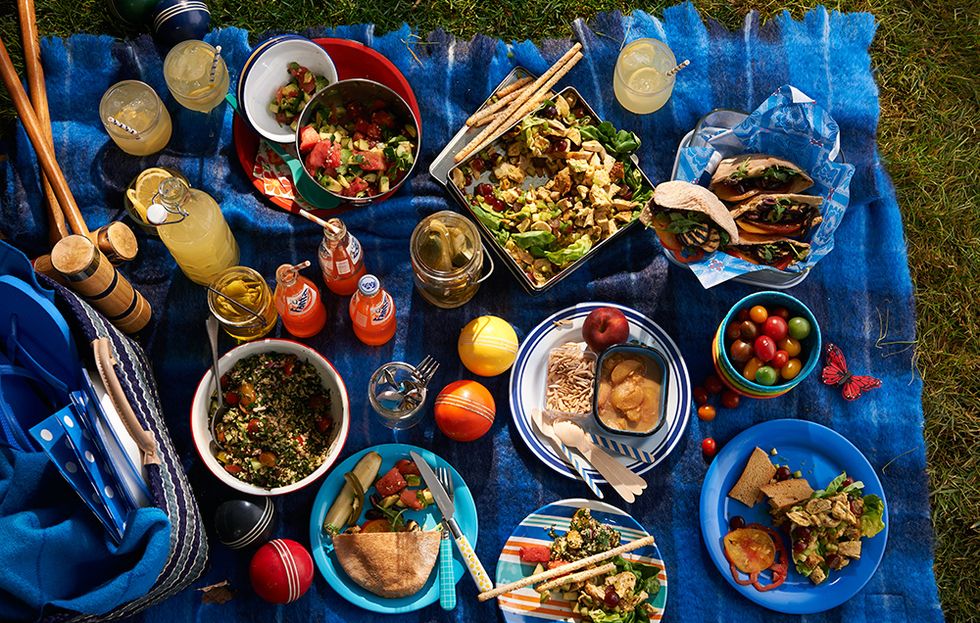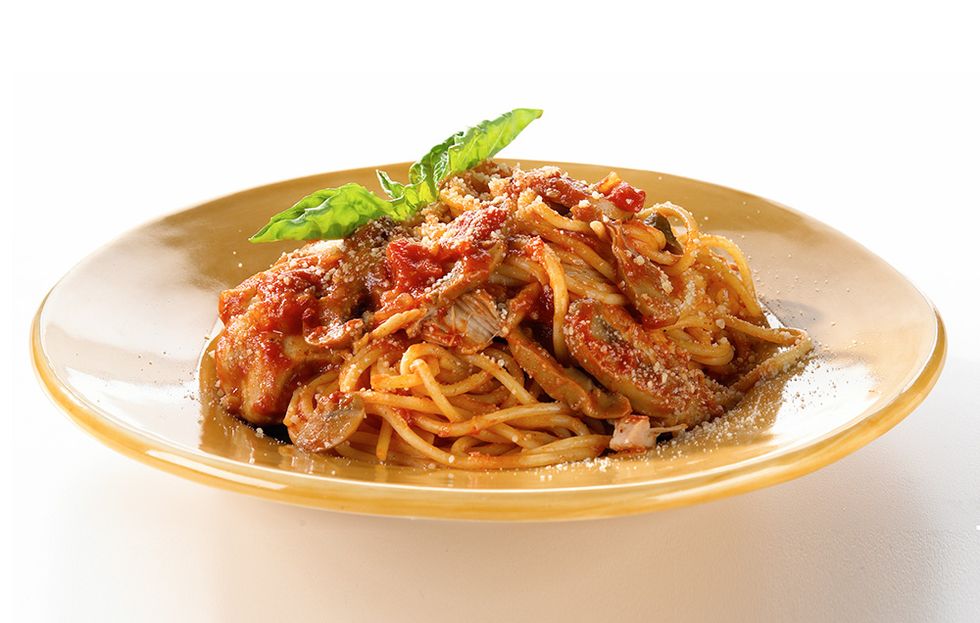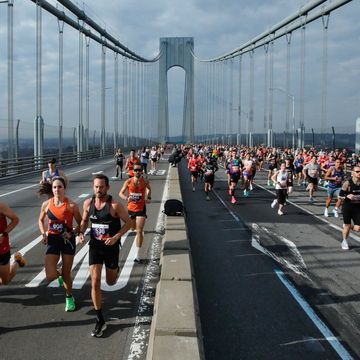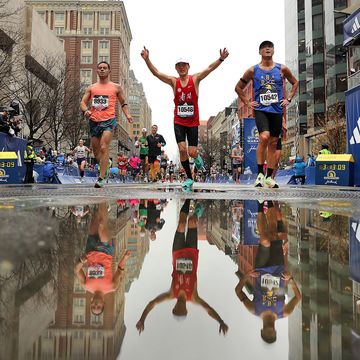5 Ways to Avoid Off-Season Weight Gain
Running less? Eat less, too.
Ah, the off-season. In October, I can practically taste it as my legs and lungs cry for fewer miles and more recovery time. But now that my fall race is over, and I’m familiar with my pillow and couch, it hits me: I’m miserable when I’m not running. I can’t sweat out my own demons. I’m not a very nice or patient person. Just ask my husband.
But solid training plans demand some time off—as they should—to address nagging injuries, hit the weight room, and, yes, eat. And if your downtime is during the holidays it’s easy to get carried away.
Fear not. Follow these tips to keep your weight in check while your mileage is low and your holiday spirit is high.
Watch Next


Training Tweaks That Will Get You to a BQ

Fast and Flat Boston Qualifying Marathons

Why You Should Take Advantage of a Shakeout Run

Your Marathon Training Plan
